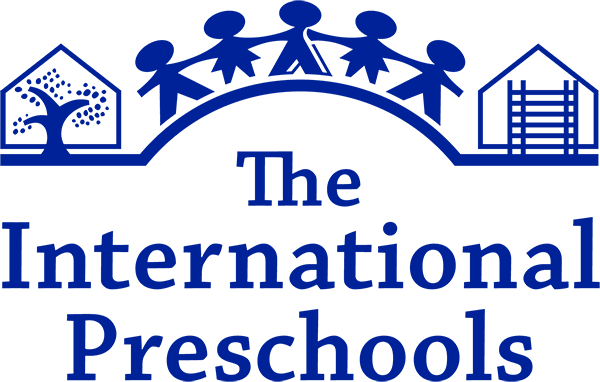Our Philosophy

Children are born with natural impulses to explore; play-based learning allows children to learn naturally. They understand their world best through hands-on, sensory-based experiences that allow them to actively participate, get messy, and make meaning of both the familiar and the new.
Group play leads to social interactions, providing opportunities to build social-emotional competence. When they play together, children talk, negotiate, take turns, explain, compromise, practice self-control, and experience shared joy, frustration, and wonder. When conflict arises, children’s play can lead to expressing emotions, problem-solving, flexibility, and higher-level thinking. Play allows non-Anglophone children to develop their English language skills through natural interactions.
These experiences help young children grow into older children and adults who have open-minded, nuanced views of the world.
With the guidance of teachers, play allows children to naturally develop important social-emotional, language and academic skills. They practice social-emotional skills as they take turns sharing materials. They use math skills when they count the items, sort them into categories, and use the materials to create designs and patterns. It’s also a science lesson: using trial and error, they learn about physics when they successfully balance the tower or determine which shapes can roll. They can also sort the animals by their species, habitat or other attributes.
“Play is the highest form of research.” — Albert Einstein
Frequently Asked Questions About Play-based Learning


